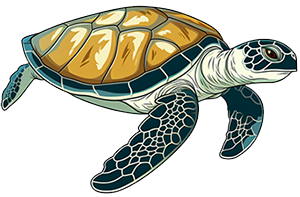Tag: proteins
-
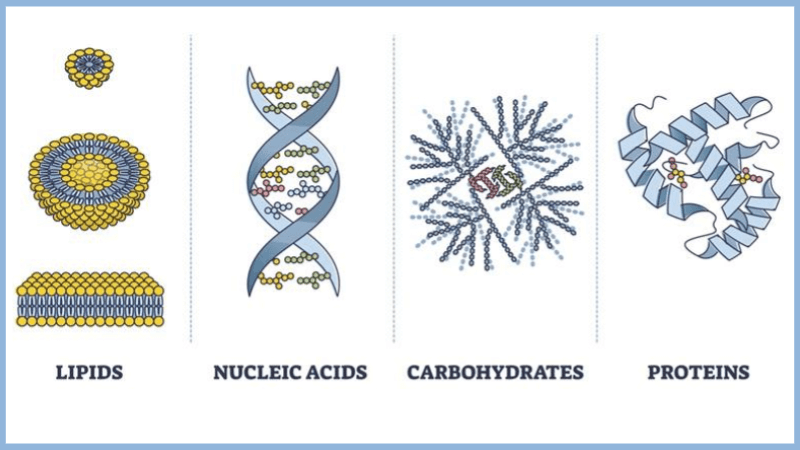
Biomolecules Practice and Reinforcement
Biological macromolecules are large, complex molecules essential for life, playing key roles in the structure, function, and regulation of cells. The four main types—carbohydrates, lipids, proteins, and nucleic acids—each serve unique and vital purposes. Students in AP Biology will need to know the properties of monomers and the types of bonds that connect them to…
-
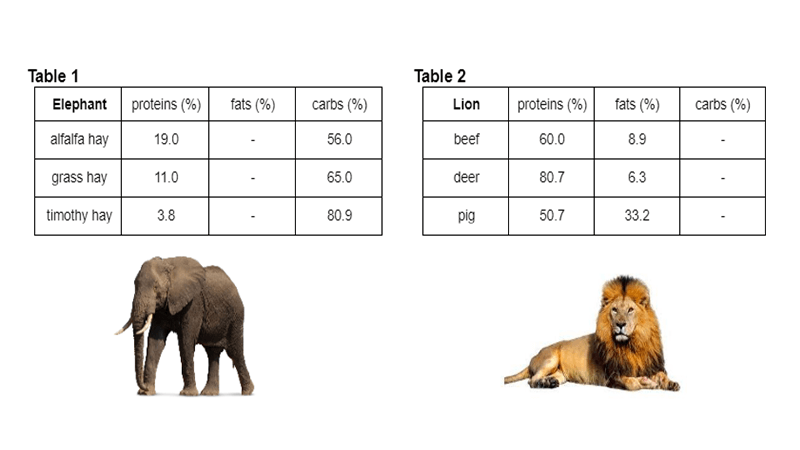
Macromolecules: The Building Blocks of Life
A process oriented lesson on how biomolecules are used by organisms to build tissues and maintain life. Focus is on chemistry and bonds withing molecules.
-
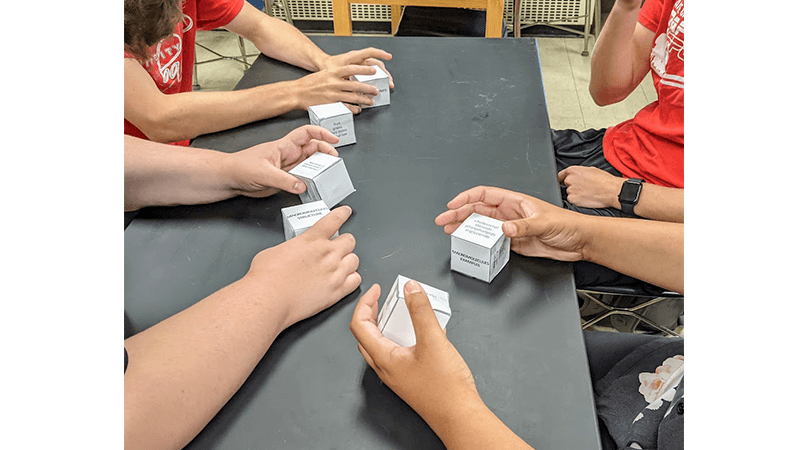
Boxing Biomolecules – A Game for Organics
AP Biology students learn the four biological macromolecules by playing a game with boxes which have descriptions on each side.
-
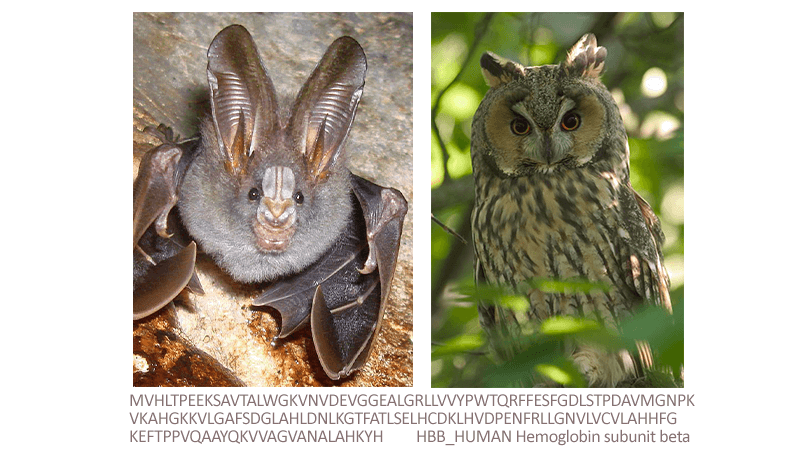
Are Bats Birds?
This activity gives AP students the opportunity to work with the protein database: UniProt by sequencing the protein hemoglobin in bats, birds, and other mammals.
-
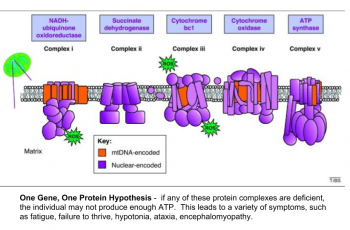
What Causes Mitochondrial Disease – CER
Describes genes in the nuclear DNA and in the mitochondrial DNA and proteins found in the inner membrane of the mitochondria. Mutations can lead to disorders.
-
Macromolecules: Sketchnotes
In the past, I’ve had students create concept maps to help them organize the four macromolecules and related details. This year, I modified the assignment to try to encourage the use of sketching to help students remember the details. Students were asked to focus on one of the four macromolecules: lipids, carbohydrates, nucleic acids, or…
-
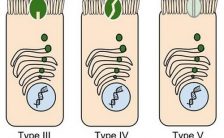
Case Study – Cystic Fibrosis
This case study explores the relationship between the cell membrane and breathing difficulties that occur as a result of the genetic disorder cystic fibrosis.
